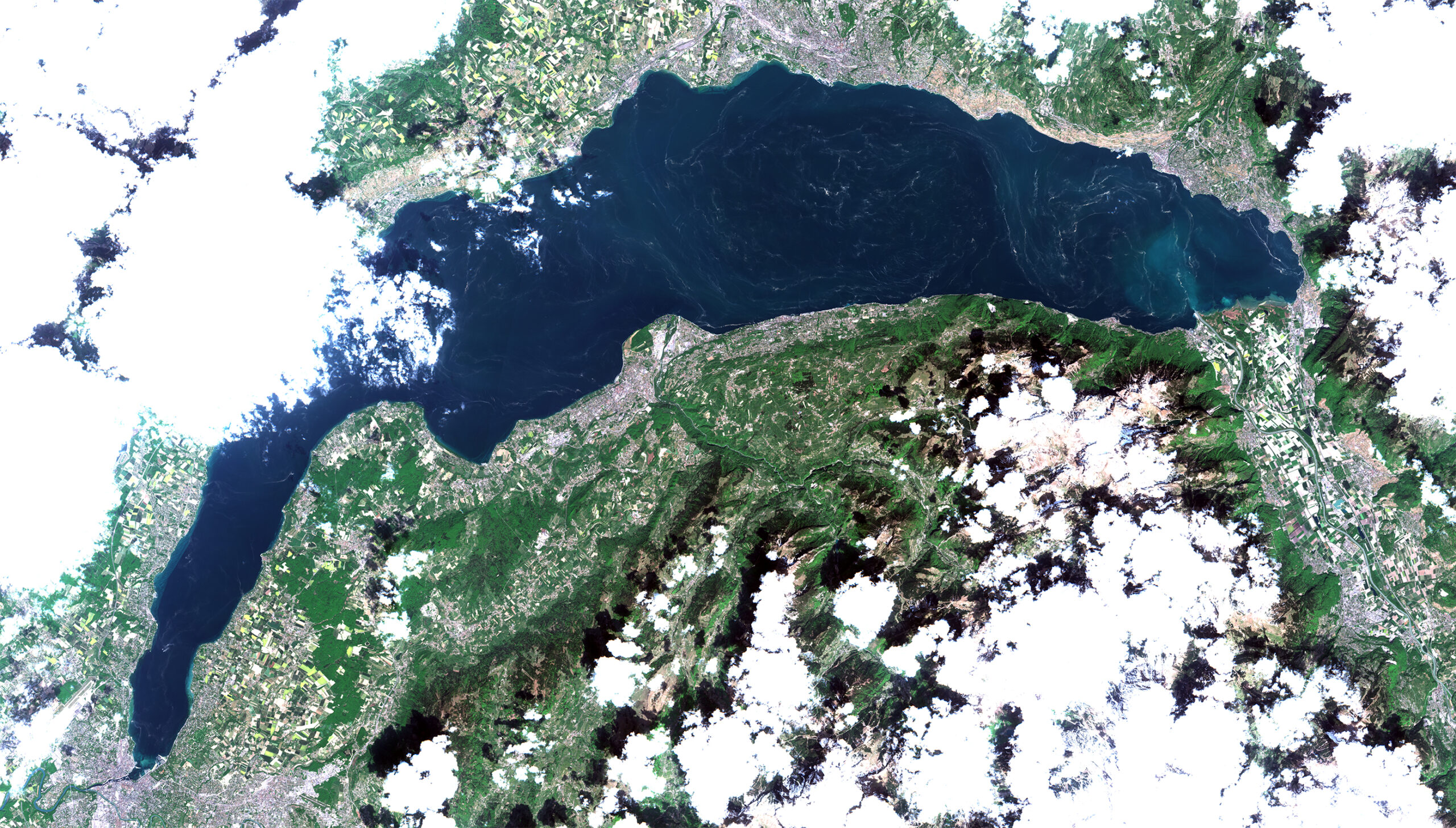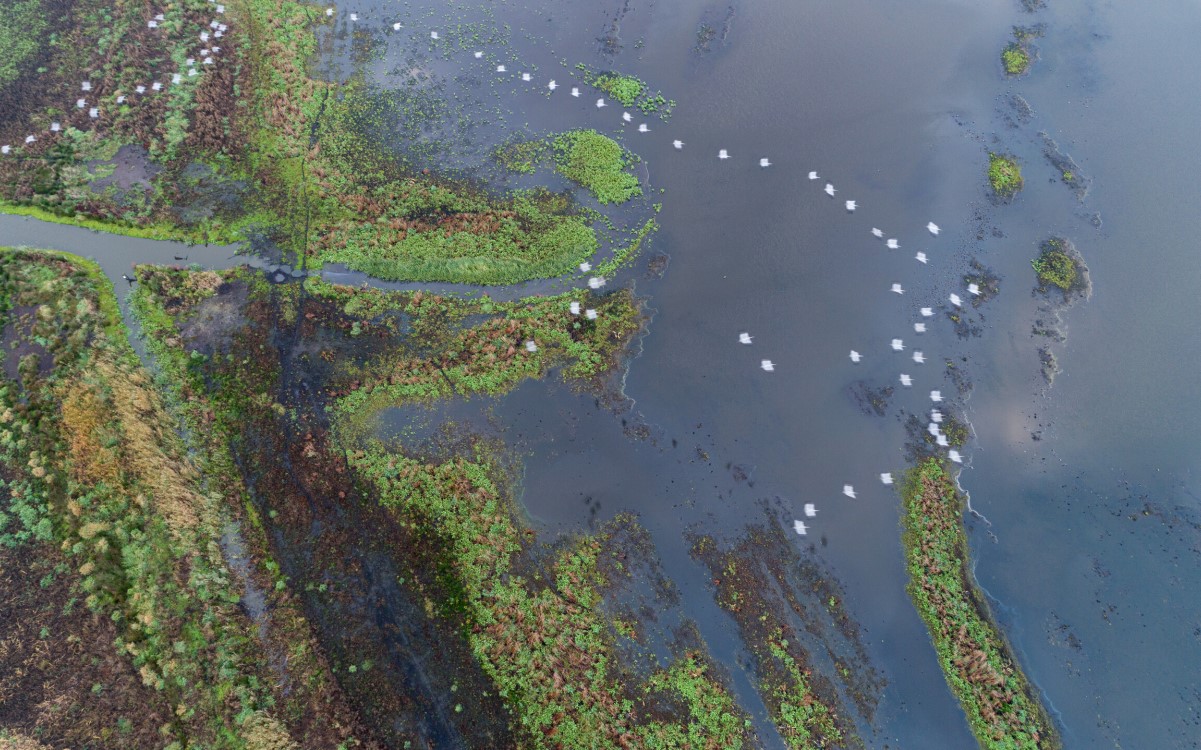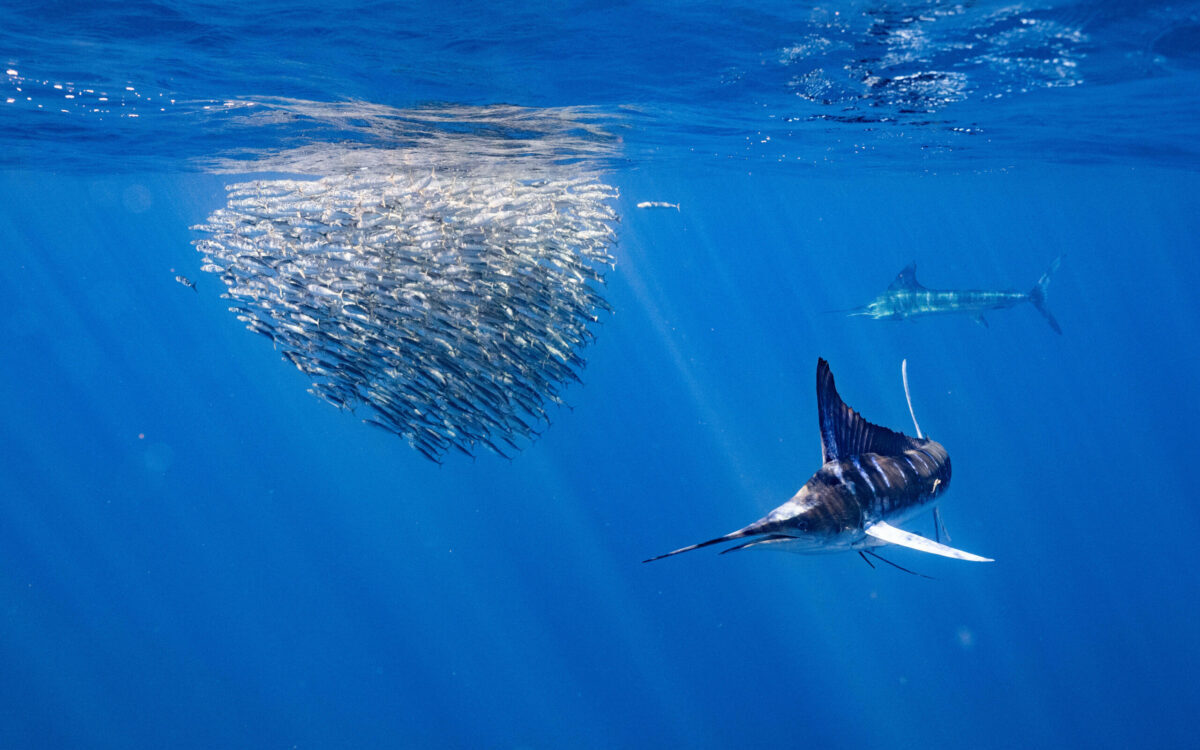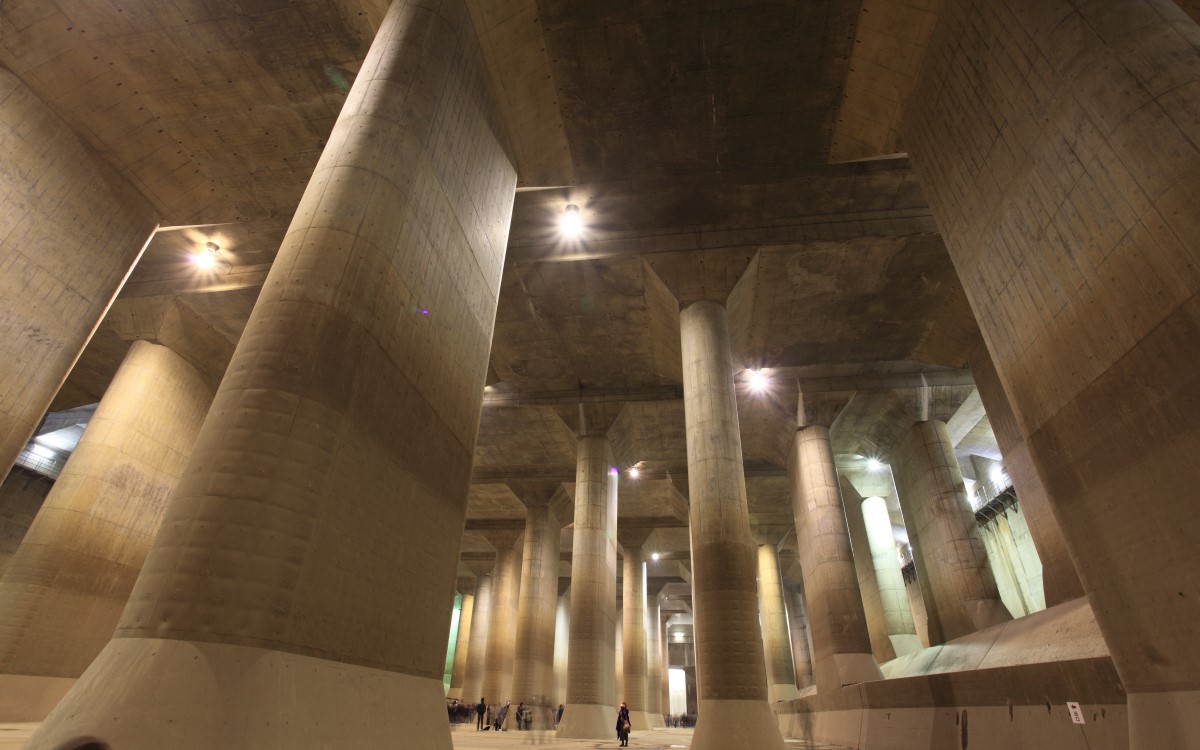The image of Lake Geneva was captured by the Sentinel-2A satellite on Friday, 24 April, and shows deposits of pollen that match the currents on the lake surface. For remote sensing expert Daniel Odermatt of the Eawag aquatic research institute, the image is not only aesthetically pleasing but also extremely interesting because the currents that are suddenly visible can be compared with models. Indeed, the pattern shows very good agreement with the calculation issued for the same day on www.meteolakes.ch.
The large, central gyre off the shore of Lausanne rotates approximately once every two days. “We have many individual point measurements taken from boats or from the floating platform LéXPLORE,” says Odermatt, “but the patterns in the satellite photos help us gain a better understanding of the lake’s behaviour across its entire surface.”
Since February 2019, LéXPLORE platform is anchored on Lake Léman near Pully. This platform is equipped with state-of-the-art instrumentation, to obtain simultaneous observations of physical, chemical and biological processes at high temporal and spatial resolutions. This unique dataset will allow modelling the key processes in the lake, in order to predict the lake evolution and the impacts of environmental changes. More information about the floating platform laboratory can be found here.
Pollen vizualizes huge gyre in Lake Geneva
Kategorie: Sonstiges
Autor: Jonas Völker
Das könnte Sie auch interessieren:
Passende Firmen zum Thema:
Publikationen
Sie möchten die gwf Wasser + Abwasser testen
Bestellen Sie Ihr kostenloses Probeheft
Überzeugen Sie sich selbst: Gerne senden wir Ihnen die gwf Wasser + Abwasser kostenlos und unverbindlich zur Probe!




